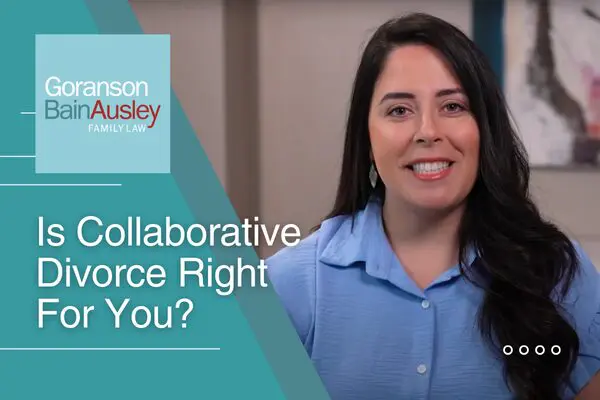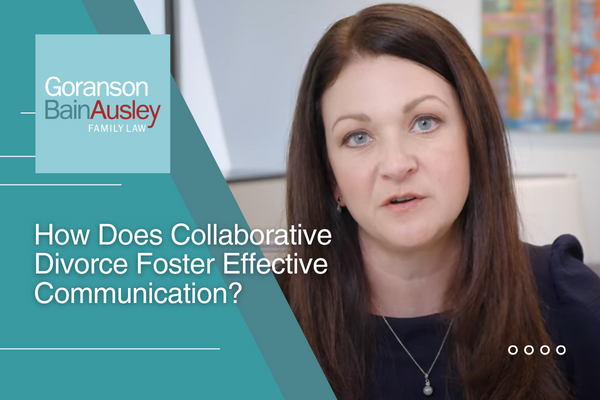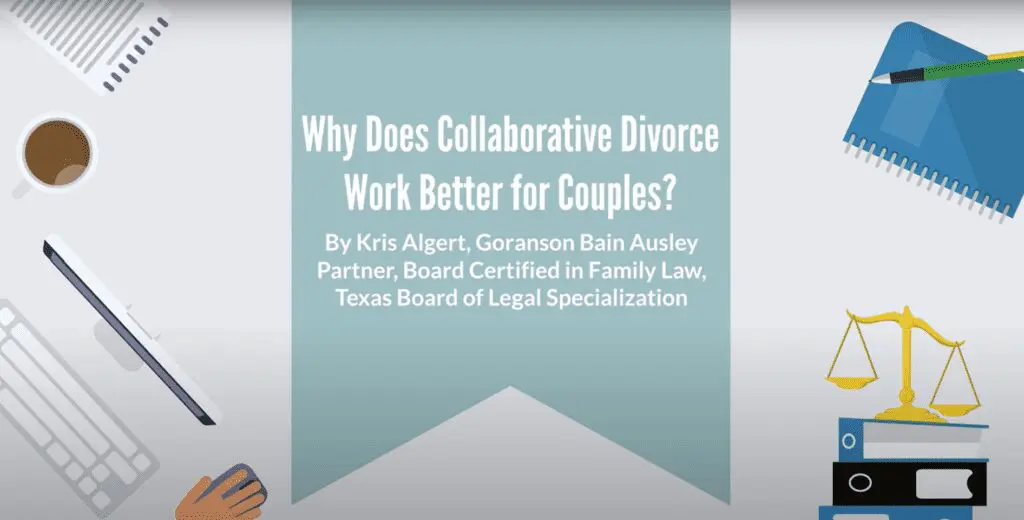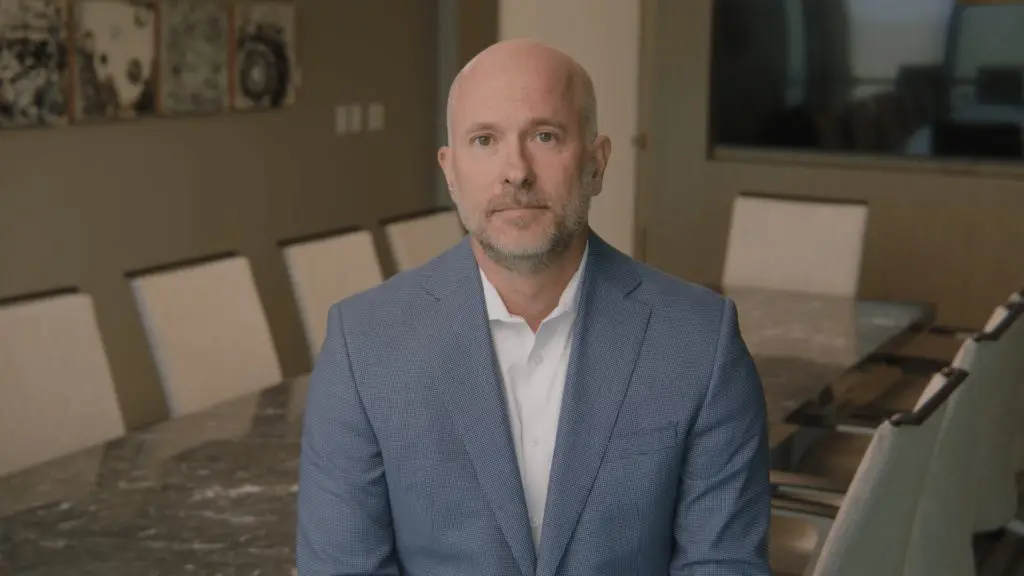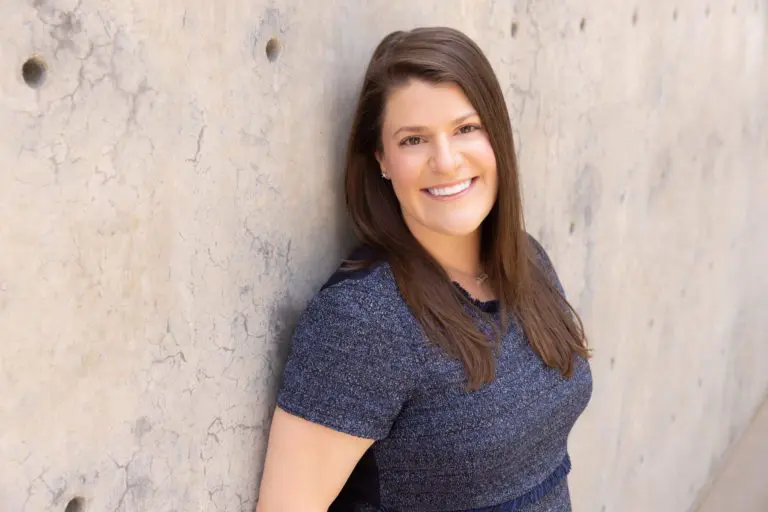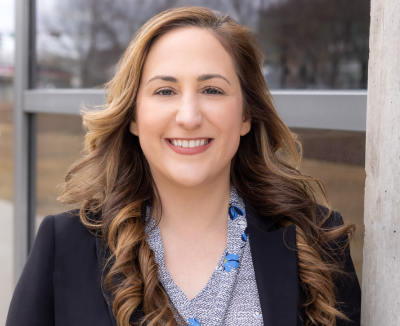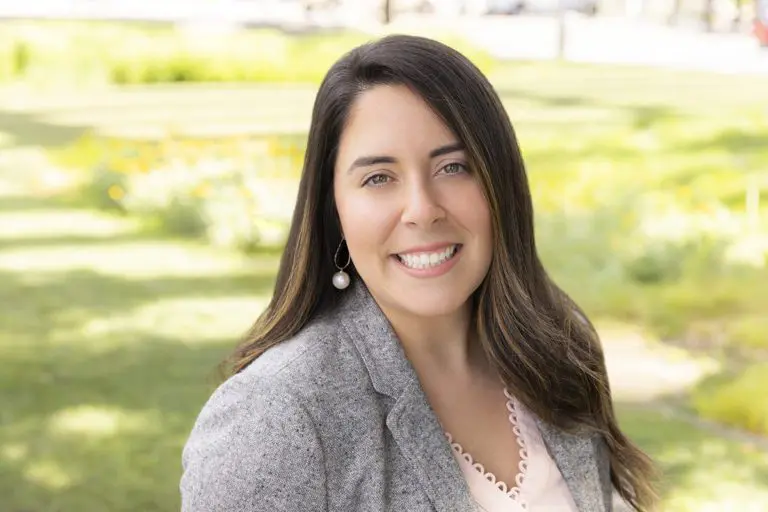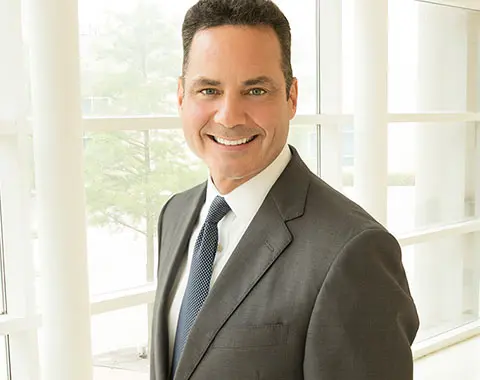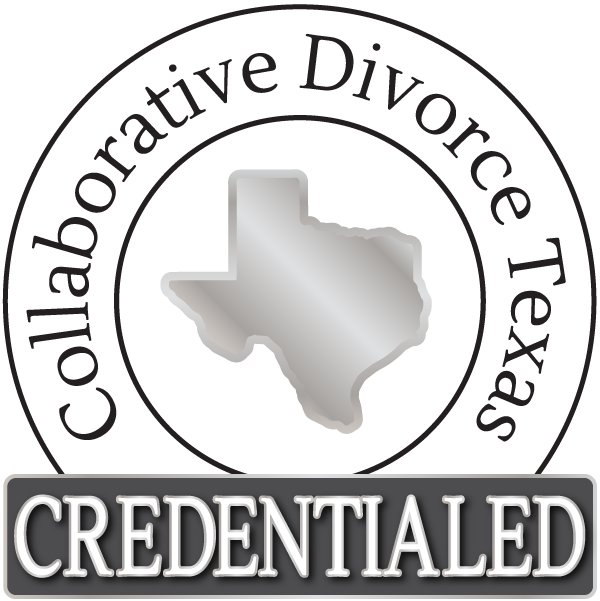Texas Collaborative Divorce Attorneys

Working Together to Protect Your Family’s Interests
Even though your marriage is ending, you and your spouse most likely want to protect your children from the stress and conflict of divorce and preserve your financial assets to the greatest extent possible.
In addition, you probably share the goal of avoiding the emotional and financial costs of a litigated divorce. If these things are important to you, working with a Collaborative Divorce lawyer may be the right option for your family.
But exactly what is a Collaborative Divorce, and why is it a good idea for many divorcing couples?
What Is a Collaborative Divorce?
Collaborative Divorce, sometimes referred to as the collaborative law process, is a legal process that allows spouses to exercise more control over the divorce’s outcome by deciding to settle their divorce issues outside of a courtroom.
The collaborative family law process does not necessarily guarantee that your divorce will be friendly or easy. But if both of you can make key decisions about your divorce together, with the advice and help of trained Collaborative Divorce attorneys, you can reach an acceptable, confidential outcome that is more creative than what a judge is allowed to do.
Collaborative Divorce Process FAQs
When Is a Collaborative Divorce a Good Option?
For divorcing couples who want to maintain more control over the outcome of their divorce and prefer to avoid the courtroom, a Collaborative Divorce in Texas provides a viable alternative. People are generally more content with outcomes they help create, and those who opt for the collaborative model preserve their joint decision-making power rather than surrendering it to the court system.
Divorce is never pleasant, but it is possible to move out of the process without a lot of bitterness and resentment. This can make a collaborative law divorce especially appealing, especially if children of any age are involved and you have hope for a productive future co-parenting relationship.
How Does a Collaborative Divorce Work?
The signing of the Participation Agreement and the contractually agreed-upon boundaries that are put in place as part of Collaborative Divorce law serve to promote a safe environment that is characterized by confidentiality, mutual respect, and control over the outcome. At the same time, the threat of the courtroom is eliminated.
The participants’ specially trained Collaborative Divorce attorneys guide them through a series of scheduled meetings with pre-planned agendas, during which the participants work their way through the substantive issues that must be addressed and resolved as part of any divorce.
Issues unique to the participants, such as minor children, small businesses, retirement, or complex financial investments, can be addressed with or without the assistance of jointly engaged neutral professionals, such as child specialists, financial consultants, business valuation experts, estate planning professionals, and others. The participants themselves, with the counsel of their respective Collaborative Divorce attorneys, determine whether and when to involve such neutral parties.
Once a final agreement is achieved, the Collaborative Divorce lawyers will jointly draft the final documents and file them with the appropriate court for approval.
How Long Does a Collaborative Divorce Take?
The spouses in a Texas Collaborative Divorce participate in a series of pre-planned, face-to-face meetings with a team consisting of their Collaborative Divorce lawyers, a neutral mental health professional, and a neutral financial professional. The joint meetings are typically limited to two hours in length and occur on a schedule determined by the clients’ needs and desires. The average collaborative case usually resolves in four to six joint meetings. Any of the highly experienced Collaborative Divorce attorneys in our Austin, Dallas, Fort Worth, San Antonio, Granbury, Midland, or Plano offices can help prepare you for the process and what to expect during these meetings.
What Is the Difference Between Collaborative Divorce and Mediation?
Although both Collaborative Divorce and divorce mediation are confidential, non-adversarial methods of resolving family law conflicts without going to court, the similarities end there.
Mediation is a process that typically takes place over the course of one or two days lasting up to ten to 12 hours. A neutral third person called a mediator meets privately with each party and their lawyer over the course of the day to gather information, explore options, and facilitate a binding agreement. If an agreement is reached, it is reduced to writing on the spot, and everyone signs the document before adjourning the session. If no agreement is reached, the process typically ends.
Mediation is an excellent settlement tool that is highly favored by both the courts and most lawyers because of its high success rate in resolving conflict without going to court. Unfortunately, mediation is most effective when used in the shadow of the courthouse. In other words, the optimal time to mediate arises only after the parties have already invested untold thousands of dollars and months of time litigating the conflict. By this point in the case, the parties are usually emotionally exhausted, financially drained, and yet still must face the prospect of a looming final trial date in the near future. This places tremendous pressure on both sides to make high-stakes decisions in an extremely compressed timeframe.
In stark contrast to traditional mediation, the Collaborative Divorce model completely eliminates the threat of the courthouse from the outset. Additionally, instead of creating a high-pressure environment near the end of the case in which the parties are required to make important decisions in one or two marathon sessions, the Collaborative Divorce model schedules multiple shorter meetings from the very beginning of the divorce. These meetings usually last no longer than two hours each and are spread out over several weeks, with Collaborative Divorce lawyers doing offline work behind the scenes in between each meeting. Each collaborative law divorce meeting has a pre-planned agenda that the parties themselves have a hand in setting, so there are no surprises during the meetings.
As tentative agreements are achieved, they are noted in the minutes of the meeting, but the parties are free to reconsider until all issues have been similarly addressed. At that point, a comprehensive and binding agreement is circulated. Only after all questions have been addressed satisfactorily do the parties bind themselves to the final, comprehensive agreement.
What Is Unique About Collaborative Divorce?
The Collaborative Divorce model is completely different than the traditional litigation model for divorce, and it is both established by and protected by Texas law. Once the spouses opt into the collaborative process by signing the Participation Agreement, the judge legally cannot interfere with the divorce process, except in very limited circumstances.
As long as the spouses choose to remain in the process, they remain the sole decision-makers. If either spouse decides to opt out of the process to return to litigation, both spouses must hire new trial attorneys, as the collaborative lawyers are required by Texas law to withdraw. Although most collaborative attorneys are also trial attorneys, they cannot serve in both roles in the same case.
This unique feature of the Collaborative Divorce model enables the whole process to work seamlessly because it keeps the interests of the Collaborative Divorce lawyer aligned with the client’s interests.
How Can a Collaborative Divorce Lawyer Near Me Help?
If you are considering a legal action such as divorce, a contested property division, or a child custody modification and you’ve been searching for Collaborative Divorce lawyers near you, you need look no further if you live in Texas, as Goranson Bain Ausley lawyers are available in multiple locations. Our experienced lawyers can help you formulate a strategy that will move you toward a successful outcome. You can find some of the most qualified and effective Collaborative Divorce attorneys in Austin, Dallas, Fort Worth, San Antonio, Granbury, Midland, and Plano at our firm, as our team includes former judges and some of the state’s most respected family law attorneys. We offer you a clear perspective that will help you decide whether it is best to pursue your objectives through litigation, Collaborative Divorce, or other alternative dispute resolution methods.
Video Resources on Collaborative Divorce
Is Collaborative Divorce Right for You?
Attorney Sarah Milinsky explains what a Collaborative Divorce is, how it's different from a regular courtroom divorce.
Benefits of Collaborative Divorce: How Can it Foster Effective Communication?
Attorney Kelly Fischer explores how Collaborative Divorce benefits couples by fostering more positive and productive communication, which can lead to a better co-parenting relationship.
Why Does Collaborative Divorce Work Better for Couples?
In her latest video, Partner Kris Algert explains the benefits of choosing Collaborative Divorce and how it can work better for couples over traditional divorce.
How to Protect Your Family Business in Divorce
Goranson Bain Ausley Partner Kyle Basinger shares the benefits of Collaborative process and why it might be the right option for divorcing business owners.
What is the Difference Between a Collaborative vs Litigated Divorce?
Partner Curtis Harrison explains the differences between traditional divorce litigation and a Collaborative Divorce.
Why Collaborative Divorce is a Good Solution for Divorce After 50
Partner Esther Donald describes the nuances of divorce after 50 and shares why Collaborative Divorce might be the right solution for your family.
What Are Key Advantages of a Collaborative Divorce?
The key advantages of a Collaborative Divorce include:
- Better confidentiality and privacy
- Enhanced control
- Lower conflict
- Solution-oriented problem-solving
- A team of specialized professionals
- Greater efficiency and cost savings
- Opportunities for creative outcomes
Better Confidentiality and Privacy: Collaborative Divorce cases remain private, and each decision is guided by the spouses instead of being imposed by a judge.
Enhanced Control: Rather than relying on judges, courts, or strict procedural rules, Collaborative Divorce participants establish their own timeline based on joint decisions, instead of following a court-ordered schedule.
Lower Conflict: Even though emotions may still run high, the Collaborative Divorce process drastically reduces outward hostility by focusing on cooperation and respectful resolution. Each party in a Collaborative Divorce, including the lawyers, aims to find a favorable solution for everyone that minimizes any harm to finances and relationships.
There are three core principles that help lessen hostility during a Collaborative Divorce:
- Spouses agree to treat each other with respect, dignity, and civility, despite disagreements.
- Spouses agree to focus on addressing each other’s needs instead of arguing about positions.
- Spouses agree to be completely honest and forthcoming regarding any information required to make informed decisions.
In a Collaborative Divorce, these principles promote an environment that supports constructive conflict resolution and creative solutions that fit the needs of you and your children, regardless of age.
Solution-Oriented Problem-Solving: In a Collaborative Divorce, spouses, with assistance from their team of professionals, can address temporary and long-term issues normally decided by judges in a traditional divorce, including:
- Living arrangements and who remains in the home
- Parenting schedules and responsibilities
- Financial support for children
- Payment of bills
- Whether spousal support is warranted
- Allocation of retirement benefits
A Team of Specialized Professionals: Spouses in a Collaborative Divorce may choose to work with neutral experts for certain aspects of their case. These professionals often charge lower fees than lawyers for the same work. For example, a mental health expert trained in Collaborative Divorce can help parents clarify their interests and concerns related to the children and assist them with creating a parenting plan that addresses those issues. Similarly, a financial professional can help collect, organize, and distribute information related to assets, budgets, liabilities, and other financial information to encourage well-informed financial decisions. Working with these experts is often more cost-efficient than having a Collaborative Divorce attorney handle every aspect of the case.
Greater Efficiency and Cost Savings: Even though most divorces resolve by agreement eventually, couples still frequently work with litigation lawyers to make sure they’re prepared for a final trial that rarely ever happens, making it a costly and inefficient use of resources. In a Collaborative Divorce, on the other hand, all money goes toward reaching a favorable outcome for all. For example, couples in a Collaborative Divorce who need a valuation on a house or business can choose to hire one neutral expert instead of the two that may be needed in a traditional divorce.
Opportunities for Creative Outcomes: Because decisions aren’t solely dependent on court rulings, spouses can explore many innovative solutions for the issues at hand. Everyone involved in the Collaborative Divorce process, including attorneys and spouses, works together to find arrangements that are more beneficial for their family than what a judge might order in the courtroom.
CloseWork With an Experienced Collaborative Divorce Attorney
In the 2026 edition of The Best Lawyers in America®, 22 Goranson Bain Ausley attorneys are recognized for Collaborative Law. More than half of our lawyers are collaboratively trained, helping Texas families achieve the best possible outcomes through Collaborative Divorce.
With one of the largest groups of Collaborative Divorce lawyers in Texas, we are committed to helping families resolve disputes respectfully, privately, and with dignity.
Our collaborative attorneys in Austin, Dallas, Fort Worth, Granbury, Midland, Plano, and San Antonio guide clients through a constructive process that minimizes conflict and prioritizes family well-being. By fostering creative solutions outside of court, we help clients protect relationships and build a stronger foundation for the future. Contact a Collaborative Divorce attorney today to learn more about your legal options.
Awards & Credentials

- Angeline Lindley Bain 2015 2014 2013 2012 2011 2009 2008
- Hayley Collins Blair 2021 2018
- Kevin Davidson 2025
- Jeff Domen 2025
- Esther R. Donald 2025
- Diana S. Friedman 2017 2016 2015 2013
- Thomas P. Goranson 2011 2009 2008
- Thomas A. Greenwald 2022 2018 2012 2011 2009 2008
- Aimee Pingenot Key 2025 2024 2020 2019 2017
- Beth E. Maultsby 2010
- Kathryn J. Murphy 2024 2023 2020 2019 2018 2017 2010 2009 2008
- Lindsey Obenhaus 2025 2024 2023 2022 2021
- Katie Flowers Samler 2020 2019 2018

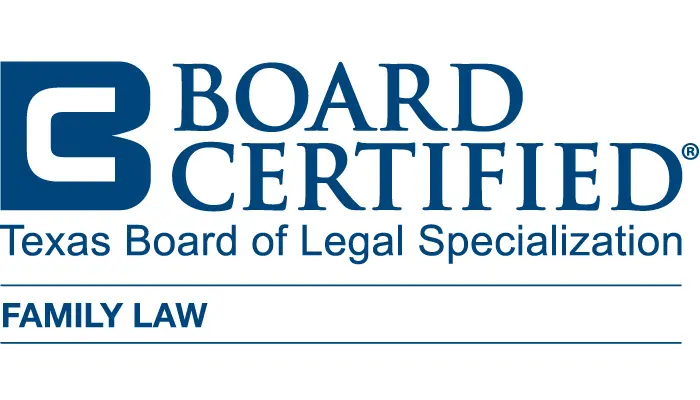
- Thomas L. Ausley 1980
- Thomas P. Goranson 1980
- Gary L. Nickelson 1984
- Kathryn J. Murphy 1995
- Diana S. Friedman 1996
- Kristen A. Algert 1997
- Thomas A. Greenwald 1997
- Eric Robertson 1997
- Kelly Ausley-Flores 2000
- Curtis W. Harrison 2002
- Cindy V. Tisdale 2003
- Jeff Shore 2006
- Clint Westhoff 2006
- Jeff Domen 2009
- Kristal Thomson 2009
- Angel J. Berbarie 2010
- P. Lindley Bain 2012
- Aimee Pingenot Key 2012
- Kevin Davidson 2017
- Charla Davies 2017
- Rob Frazer 2018
- Ryan R. Bauerle 2018
- Hayley Collins Blair 2019
- Lindsey Obenhaus 2019
- Katie Flowers Samler 2019
- Jonathan James 2020
- John J. Kappel 2020
- Chris Nickelson 2021
- Chandler Rice Winslow 2023
- Kristiana Butler 2024
- Cassidy Pearson 2024
- Angelica Rolong Cormier 2024

